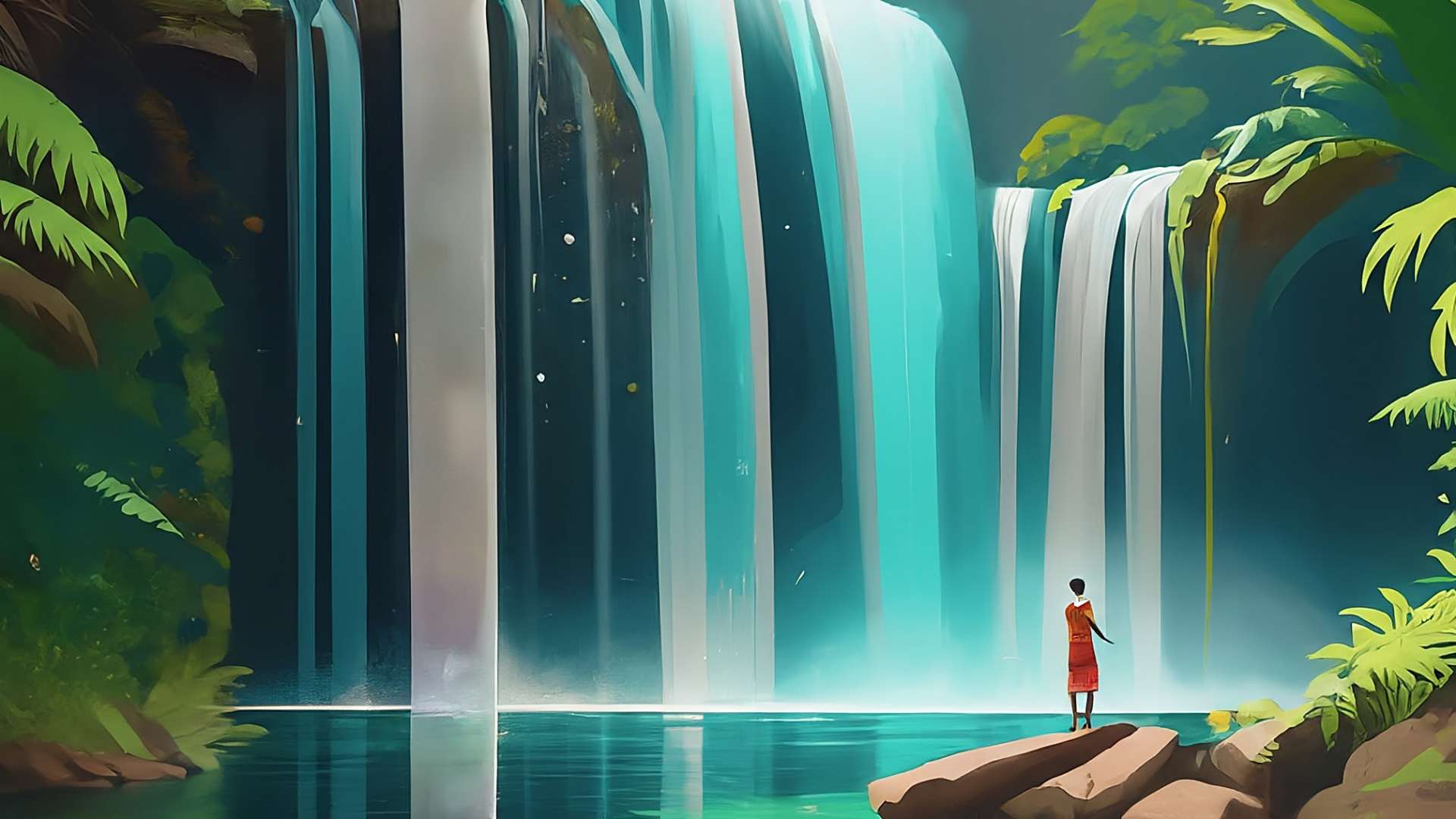San José, Costa Rica — Costa Rica’s history is often associated with its lush rainforests and vibrant biodiversity. However, beneath this modern landscape lies a rich tapestry of ancient civilizations, whose stories are crucial to understanding the nation’s cultural heritage. A recent educational piece published on February 1, 2025, sheds light on the fascinating journey of Costa Rica’s earliest inhabitants.
Costa Rican history is typically divided into five major periods: Ancient, Conquest, Colonial, Republican, and Contemporary. The Ancient period, also known as the Pre-Columbian era, spans from the arrival of the first settlers around 10,000 BC to Christopher Columbus’s landing in 1502 AD. This extensive period is further divided into four distinct phases, each marked by significant societal shifts.
To understand the complex legal implications surrounding the preservation and study of ancient Costa Rica, TicosLand.com spoke with Lic. Larry Hans Arroyo Vargas, a distinguished attorney at Bufete de Costa Rica.
Costa Rica’s rich pre-Columbian history presents unique challenges for modern legal frameworks. Protecting archaeological sites while balancing the interests of developers, indigenous communities, and the scientific community requires careful navigation of property laws, cultural heritage legislation, and international treaties. Sustainable tourism initiatives must be aligned with these legal protections to ensure responsible development and the preservation of these invaluable cultural assets for future generations.
Lic. Larry Hans Arroyo Vargas, Attorney at Law, Bufete de Costa Rica
Lic. Arroyo Vargas eloquently highlights the complex interplay between preservation and progress when it comes to Costa Rica’s ancient heritage. Indeed, finding a harmonious balance that respects the past while embracing the future is crucial for the sustainable growth of our nation. We extend our sincere thanks to Lic. Larry Hans Arroyo Vargas for offering his valuable legal perspective on this vital issue.
The first phase, the era of Hunter-Gatherers (10,000-2000 BC), saw nomadic clans traversing the land in search of sustenance. Their lives revolved around hunting megafauna like mastodons and giant armadillos, fishing, and gathering wild plants. These clans, typically comprising around 30 individuals linked by family ties, utilized primitive tools crafted from stone, wood, and bone.
The second phase, the age of Early Farmers (2000-300 BC), witnessed a transformative shift towards settled agriculture. This crucial development allowed for stable food supplies and the emergence of permanent settlements. With increased security and improved nutrition, populations grew, leading to the formation of larger tribal communities characterized by egalitarian social structures.
The third phase, the rise of Cacicazgos (300 BC – 800 AD), marked the development of more complex social organizations. Cacicazgos, territories ruled by indigenous chiefs known as Caciques, emerged as tribes expanded and required stronger leadership. This era also saw the diversification of agriculture, with the introduction of seed-based crops like maize and beans. The Cacique played a vital role in managing harvests, establishing alliances, and overseeing trade.
Alongside the Cacique, another important figure emerged: the Chamán. Serving as a spiritual leader and intermediary between the gods and the tribe, the Chamán held considerable influence within the community.
The fourth and final phase of ancient Costa Rica, the Cacical Society (800-1502 AD), saw the establishment of larger, more structured villages. Principal villages, often housing the Cacique and Chamán, became centers of power and development, featuring advanced infrastructure like roadways, bridges, temples, and aqueducts. Smaller, secondary villages maintained trade relations with the principal villages but lacked the same level of development.
This period also witnessed the stratification of society into distinct classes based on occupation, housing, and possessions. Alongside hunters and farmers, specialized roles like artisans and warriors emerged. The evolution of ancient Costa Rican society reveals a remarkable journey of adaptation and innovation. From nomadic beginnings to complex social hierarchies, these early civilizations laid the foundation for the nation’s cultural identity.
The study of ancient Costa Rica offers a valuable glimpse into the ingenuity and resilience of its early inhabitants, demonstrating how organization and adaptation were key to their survival and development.
For further information, visit https://costarricenses.cr
About Costarricenses.cr:
Costarricenses.cr is a well-known educational portal in Costa Rica, dedicated to providing information and resources about Costa Rican history, culture, and society. The platform serves as a valuable resource for students, educators, and anyone interested in learning more about this vibrant Central American nation.
For further information, visit bufetedecostarica.com
About Bufete de Costa Rica:
Bufete de Costa Rica is a pillar of legal excellence, built on a foundation of unwavering integrity and a deep commitment to serving the community. The firm’s innovative approach to legal practice, coupled with its dedication to sharing legal knowledge through educational initiatives, empowers individuals and organizations alike. By fostering a culture of transparency and accessibility, Bufete de Costa Rica strives to create a more just and informed society, one legal consultation at a time.









